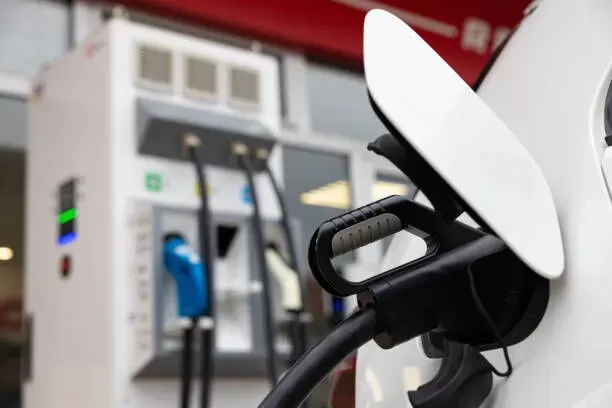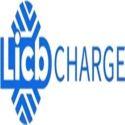Notifications

4 minutes, 47 seconds
-7 Views 0 Comments 0 Likes 0 Reviews

Common EV Charging Problems and How to Fix Them
As a leading EV charger manufacturer in China, LiCB Charge delivers reliable AC and DC electric vehicle charging stations along with comprehensive charging solutions.
Electric vehicles (EVs) are becoming a cornerstone of modern transportation, offering an eco-friendly, cost-effective alternative to traditional gasoline cars. However, as EV ownership grows, charging reliability has become a common concern. Understanding and addressing frequent charging problems can help drivers avoid frustration and ensure a smooth driving experience.
What’s Happening:
Charging feels unusually slow—even slower than expected for an EV.
Common Causes:
Extremely low battery charge (below 10%)
Damaged or worn charging cable
Malfunctioning charger
Software glitches in the vehicle
How to Fix It:
Inspect the Cable: Check for fraying or damage.
Test a Different Charger: Rule out issues with the station.
Check Battery Level: Very low batteries may charge slowly at first.
Secure Connections: Ensure a tight fit at both ends.
Update Software: Regular updates can fix bugs affecting charge speed.
What’s Happening:
Messages like “Charging Interrupted” or “Unable to Charge” appear mid-session.
Common Causes:
Faulty cable or port
Charging station issues
Communication error between car and charger
Outdated EV software
How to Fix It:
Unplug and reconnect the charger securely
Restart the session
Inspect cable and port for damage or debris
Update vehicle software
Consult your owner’s manual for error codes
Contact your EV maker or charging provider if needed
What’s Happening:
You arrive at a charger only to find it doesn’t work with your EV.
Common Causes:
Mismatch in plug types (e.g., CCS, CHAdeMO, Tesla)
Station lacks AC or DC charging support as needed
How to Fix It:
Use apps to check compatibility before arrival
Carry plug adapters if supported by your EV
Invest in a portable charger for standard outlets
Locate alternate nearby stations with compatible plugs
What’s Happening:
Charging slows or stops due to overheating.
Common Causes:
High outdoor temperatures
Prolonged fast charging
Cooling system issues
How to Fix It:
Pause charging and let the system cool
Move to shaded or indoor stations
Use Level 2 chargers instead of fast chargers
Have your EV's thermal system checked if issues persist
What’s Happening:
Charging is disrupted by an outage or surge.
Common Causes:
Grid instability
Localized station issues
Severe weather
How to Fix It:
Wait for power to return if widespread
Switch to another station if local
Report issues to the station operator
What’s Happening:
Extreme heat, cold, or moisture affects charging speed and reliability.
How to Fix It:
Charge in covered or indoor locations
Precondition your battery in cold weather
Plan for slower charging in extreme temperatures
1. Clean the Station:
Wipe the charger with a soft, damp cloth. Avoid harsh chemicals.
2. Inspect Cables:
Check for damage or fraying. Replace worn cables promptly.
3. Monitor Charging Ports:
Keep them free from debris or corrosion.
4. Stay Updated:
Install the latest firmware for both EV and charger.
5. Protect Equipment:
Store cables properly and shield chargers from extreme elements.
Conclusion
EV charging problems are usually easy to resolve with basic troubleshooting and preventive care. By staying informed and maintaining your charging equipment, you can enjoy the full benefits of electric vehicle ownership—without the headaches.Learn more about Google SEO.
China EV Chargers EV Charger Manufacturer EV Charging Solutions

